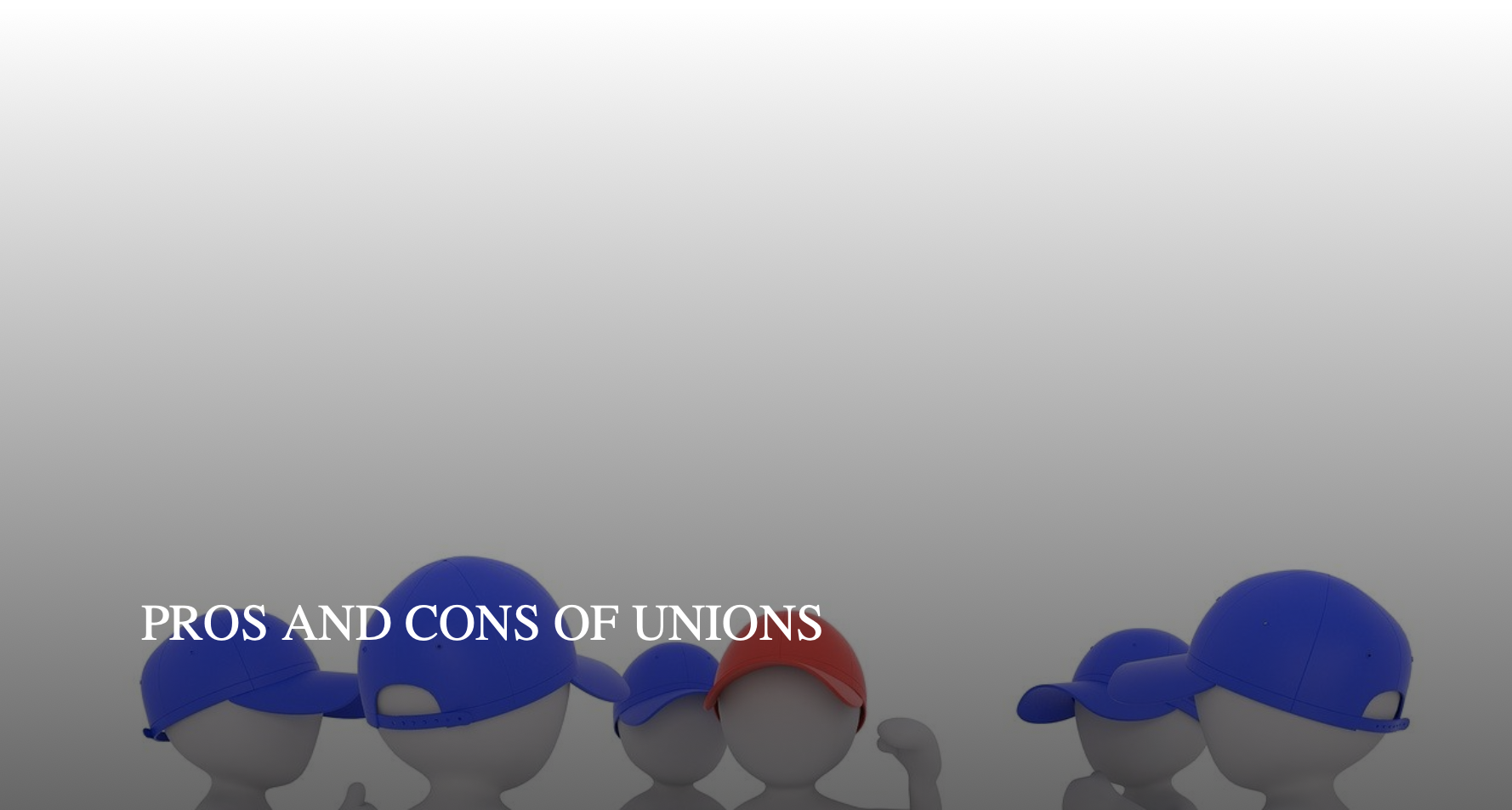Summary: A professional development plan is a roadmap for an employee’s career. They often include short-term and long-term goals in terms of professional betterment and promotions. Ideally, they’ll coincide with both the employee’s goals and the organization’s goals.
Creating individualized professional development plans for your employees can have numerous positive effects on your employees. In addition, if the goals of your team of employees are complementary, then it’ll help up the productivity and valuableness of the team as a whole.
Key Takeaways:
-
A professional development plan is a plan that is created by an employee and their manager to set career goals in terms of professional development and advancement.
-
Professional development plans are excellent tools for talent acquisition and retention. They help keep employees engaged and motivated and allow them to see a path for career advancement.
-
In creating a professional development plan, it’s important to consider the organization’s goals alongside the employees’. That will allow them to coincide so that as the employee gains skills and knowledge, they become more valuable to the organization.
What Is a Professional Development Plan?
A professional development plan, or PDP, is a set of steps that will need to be taken to obtain a career objective. PDPs should include timeframes for these goals to be achieved, as well as both short-term and long-term objectives. Ideally, PDPs are created by the employee and employer working together to further their career.
PDPs will change over time as career goals shift. This is both a matter of the employee crossing accomplishments off of their lists and how their interests and direction may change over the course of their career. Career development should be discussed at intervals during an employee’s tenure so that both parties are aware of shifts in priorities.
Why Are Professional Development Plans Important?
Professional development plans have many different benefits to both the employer and the employee. Their primary purpose is to lay out a trajectory for an employee’s career, allowing them and their supervisor to be on the same page about expectations and how to make them a more valuable and effective worker.
Creating a PDP with your employees has several advantages. They include:
-
Acquiring new talent. While it may seem odd to have a PDP for someone who doesn’t work for you yet, letting potential new hires know that you focus on career development and write up plans for your employees is a selling point. Employees, especially dedicated employees, like to know what’s expected of them.
The majority of the most sought-after employees are ambitious. That means that they want to be able to mark their achievements and know that they have a path to promotions as well as an overall line of improvement. If you emphasize this with prospective talent, then you’re likely to attract employees that like having a clear path.
-
Increasing retention. Much in the same way that PDPs help with talent acquisition, they can help keep employees in your organization. If employees see that you’re serious about their advancement and that they have an upward trajectory at your organization, they’re much more likely to stay.
It’s when they feel like they’re stagnating or you aren’t interested in interior promotions that they may look for advancement elsewhere.
-
Upping engagement. If you give your employees the ability to be involved in their career development and professional betterment, they’ll be more engaged in their work. Setting goals and checking them off your list is satisfying, and knowing that you become more valuable as an employee while doing so is a major plus.
-
Increasing productivity. When employees know that you’re invested in their careers and professional development, they’re going to work harder for you. That’s doubly true when they see a path to take in order to further their careers.
In addition, if you make a point of talking to them about their professional interests, they’re more likely to end up in a position that they’re passionate about, which benefits everyone.
-
Being aware of employee expectations. Sometimes an employee’s expectations and an employer’s expectations end up at odds. That can lead to conflict, disengagement, and frustration. If you regularly talk to your employees about their career development and expectations, then you’ll see signs that they’re dissatisfied.
Additionally, employees’ goals and expectations will change over the course of their careers. If you’re regularly checking up on them, you’ll know when their priorities have shifted.
That will give you a chance to make necessary changes to keep them working for you, or at least make arrangements for them to train their successor before you wish them well in new endeavors.
Creating a Professional Development Plan
There isn’t a set PDP because everyone’s career goals are different. That being said, there are steps to take that will make it much more likely that the resulting PDP will end up being successful for both you and your employee.
-
Consider your own goals. While employees should have an idea of their own goals and path, they don’t exist in a vacuum. You should know what you’re looking for in terms of your organization’s development and growth, as well as what positions are likely to come open in the future.
This is important because if you just entirely defer to your employee’s goals without considering your own or that of the business, then what they achieve may not be helpful to them at your organization. While the development of their career isn’t a waste, per se, it doesn’t help your organization in the long term, nor does it aid in retention.
-
Talk to your employees. Now that you know what you want to prioritize, you should talk to your employees. It’s important not to be too rigid, but at the same time, your personnel will want to know what would be valuable to the organization for them to pursue. That way, they’ll know the skills they acquire will be valuable.
-
Decide on the skills and timeline. Once you’ve compared your own goals with that of your employees, you need to decide on which skill should be prioritized. In addition, there should be at least a rough timeline for the professional development to take place so that everyone can make sure goals are being met.
-
Implement the plan. After drawing up the PDP, it’s time to start putting it into practice. This will be a continual process, as the plan should be over a long period of the employee’s career.
-
Follow up with your employees. As PDPs are living plans, it’s important to keep checking up with your employees on how they’re progressing. If either of you is dissatisfied with the progress, then you should discuss how to alter the plan to fix the disconnect.
It’s important to remember that employees’ career goals will change over time as well. While, of course, as they hit milestones, they’re going to set new ones, there’s also the possibility that they’ll want to go in a different direction. If it’s feasible, it’s a good idea to encourage their interest.
Example Professional Development Plan
It’s important to put attainable milestones in a professional development plan. That means that you’re going to do your best to agree on hard numbers as much as possible in a PDP.
Assessment (It’s best to start out by looking at where the employee is currently. That means that you’re going to list their current role and skills but will also look at what they can improve)
Currently a [job title]. Looking to progress into a [job title] role.
Currently have good [soft skills].
Currently acquired my [type of certificate] AND/OR [hard skills].
Need to improve my [soft skills]
Need to obtain [hard skills]
(You don’t necessarily need to list both soft and hard skills, spending on the type of job that they’re aiming for. Though both types of skills are often important to keep getting promotions.)
Goals
Get a raise of [x amount] by [x time].
Earn a promotion to be [job title] within [timeframe]
(It’s good to put down specific goals so that you can measure progress. Oftentimes these will be short-term goals, though you can also list long-term ones if the employee knows what their dream job is.)
Steps
(List small steps that they can take to move toward their goal. For instance, taking on more responsibility on their way to management positions.)
(It doesn’t have to be in bullet points, but that makes it clean and easy to read)
(As well as breaking it down into bite-sized pieces)
Resources
(You can decide on whether to put in resources for them to use to achieve their goals. Particularly if you have some recommendations.)
Timeline
(This section could be combined with the “steps” section, but putting down direct timeframes can be helpful.)
(It’s important to note that if you’re too detailed with this, it can be difficult to achieve.)
(While it’s important to have goals, headlines, and accountability, being too rigid can mean they’ll miss other opportunities. Be sure to leave some flexibility in their plan.)
(And remember that disruptive things happen. Be sure to have some sort of provision for that as well.)
How to Make a Professional Development Plan for Employees FAQ
-
How do you make sure that career development plans help your employees?
There are a few important factors to keep in mind to make sure that career development plans have a positive effect on your employees:
-
Set realistic goals. If the goals you hammer out with your employees are unobtainable, then it isn’t going to be motivating; it’ll be discouraging. It’ll also prevent the sense of accomplishment that comes with hitting a professional milestone.
-
Encourage them to take ownership. While PDPs are flexible and unlike projects in the sense that not hitting deadlines requires a reprimand, it’s good to encourage accountability. Have your employees take ownership of their PDP and keep track of it. This will facilitate motivation and engagement.
-
Keep HR best practices in mind. While you may not need to rope HR into the PDP itself, there are a lot of HR best practices involved in career development. Right now, a best practice is employee retention, which means that there are recommendations in place to help with that, which is part of PDP’s purpose.
-
-
Should professional development plans be limited in scope?
Professional development plans shouldn’t be too focused on the distant future, so there should be some limitations. While it’s fine to put an employee’s dream job at the end of the plan, it’s important to put shorter-term goals in as well. Otherwise, it isn’t a plan and is instead just an aspiration.
-
How often is it recommended to meet with employees about professional development?
The generally accepted interval to meet with employees to talk about their professional development is annually. Generally, it’ll be touched on in their yearly review. However, if you notice that they seem to be frustrated, dissatisfied, or stagnating, then you can have a discussion about it at other times.
References
- Employee Programs
- What Does Employee Owned Mean
- What Is Employee Relations
- Generation Z Characteristics In The Workplace
- What Is An Employee Assistance Program
- Employee Stories And Employer Branding
- Reasons To Encourage Fitness Workplace
- How Workplace Group Activities Keep Business Thriving
- Employee Resource Groups
- How To Make Employee Incentive Programs
- Managing Work Stress
- How To Make A Professional Development Plan
- Employee Reward Programs
- Pros And Cons Of Unions





